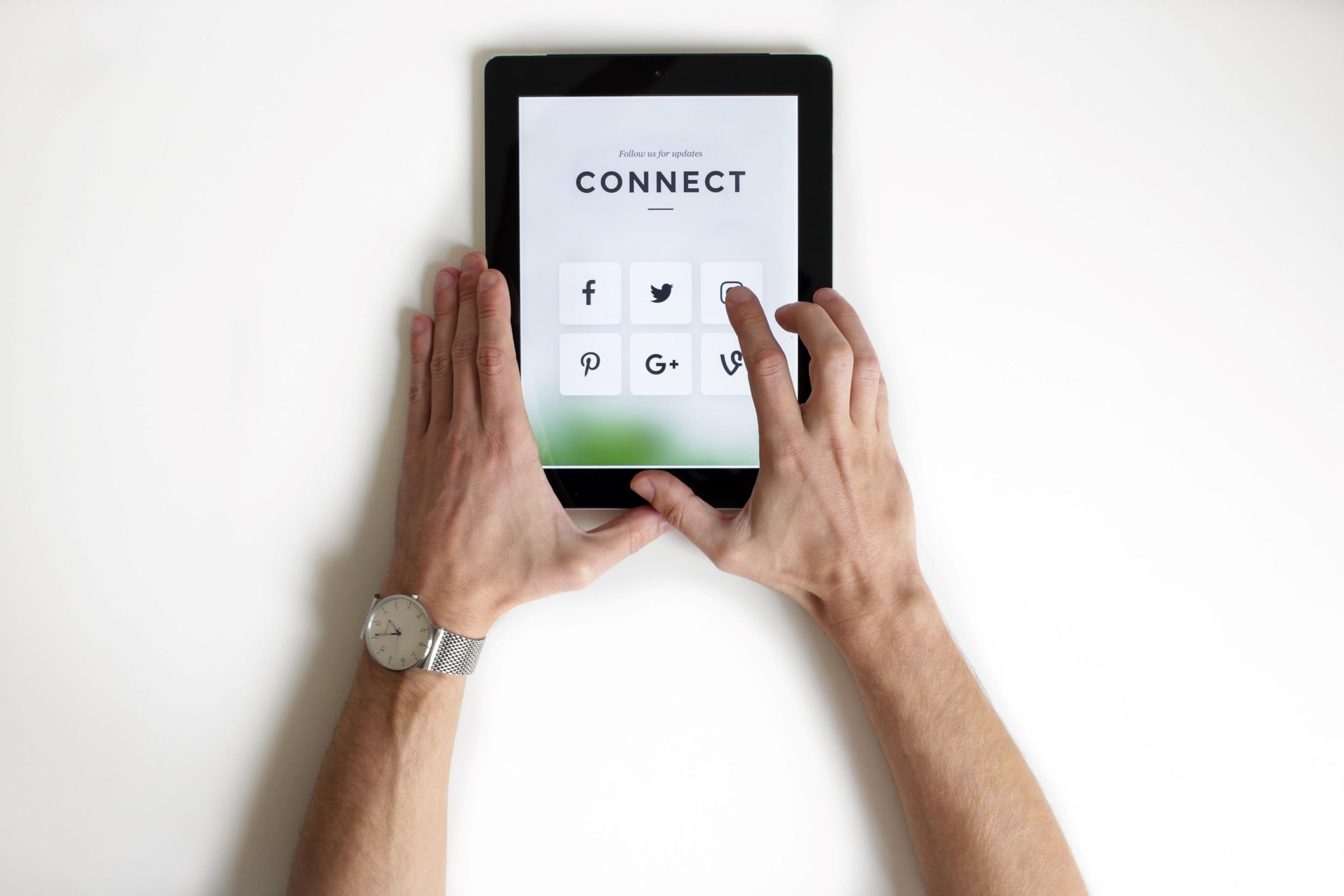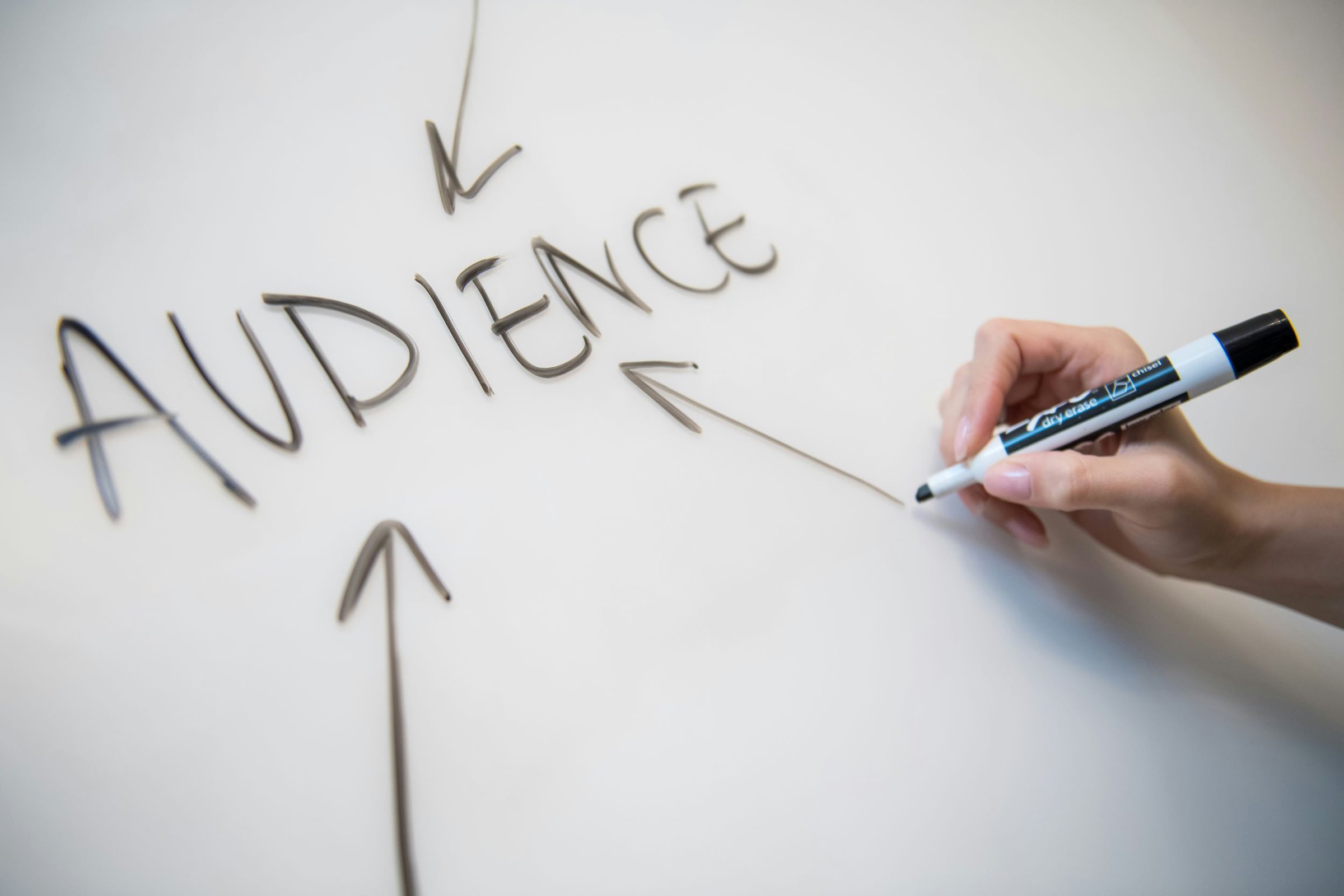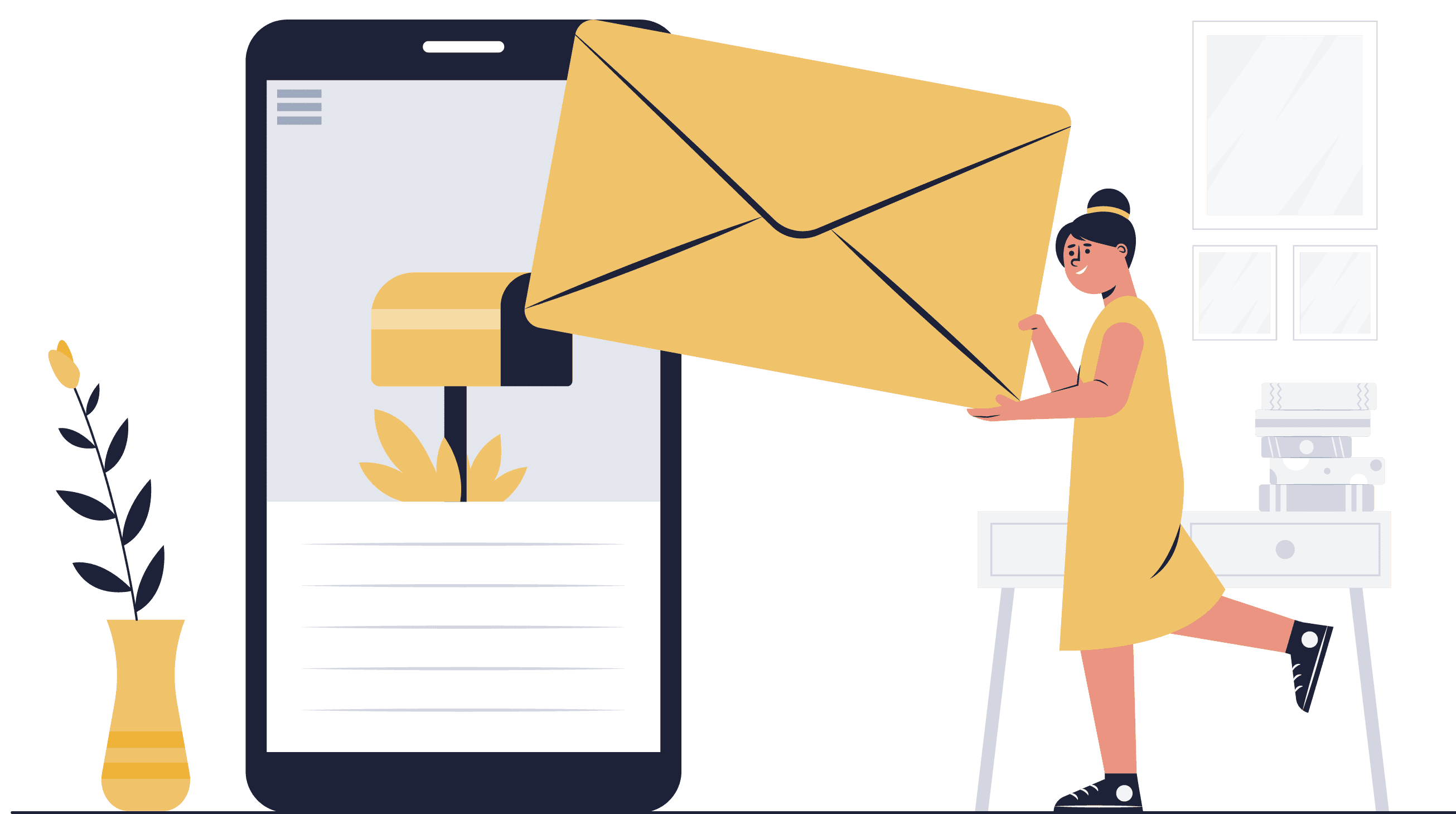When it comes to fundraising, communication is key. In order to engage donors and inspire them to give, your communication materials must be effective and visually appealing. In this article, we'll discuss the importance of effective fundraising communication materials and provide tips for creating materials that will engage donors and drive donations.
Words Inspire — Action Converts
You’ve learned how to craft emails, flyers & messages that resonate. Now empower those materials with action — launch your auction so donors can bid, engage, and support your mission.
Launch Your Auction & Communicate BoldlyWhy Are Effective Fundraising Communication Materials Important?
Effective fundraising communication materials are crucial for several reasons:
Donor Engagement

The primary goal of fundraising communication materials is to engage donors. By effectively communicating your organization's mission, goals, and impact, you can inspire donors to become invested in your cause and support your efforts. Without engaging communication materials, donors may not feel connected to your cause and may be less likely to give.
Fundraising Success
Ultimately, the success of your fundraising efforts relies on the effectiveness of your communication materials. If your materials are engaging and visually appealing, donors are more likely to give and support your cause. On the other hand, if your materials are lackluster or unappealing, donors may be less likely to give or may not even take the time to read your message.
Tips for Creating Effective Fundraising Communication Materials
Now that we understand the importance of effective fundraising communication materials, let's discuss some tips for creating materials that will engage donors and drive donations.
Know Your Audience

The first step in creating effective communication materials is to know your audience. Who are your donors? What are their demographics, interests, and motivations for giving? By understanding your audience, you can tailor your messaging and design to resonate with them and inspire them to give.
Tell a Compelling Story
One of the most powerful ways to engage donors is through storytelling. Share the impact of your organization's work through real-life stories of those who have been helped by your cause (you can always anonymize them). This will not only make your message more relatable and emotional, but it will also show donors the tangible results of their donations.
Use High-Quality Images
As mentioned earlier, visual appeal is crucial in today's digital age. Be sure to use high-quality images in your communication materials to catch the eye of potential donors. These images should be relevant to your cause and help tell your story. If your cause focuses on situations that you don’t necessarily want to photograph (like, helping families escaping domestic violence, or tutoring foster kids whose pictures you can’t take/share), use a free stock image service like Unsplash to find filler photos.
Keep it Concise
When it comes to written content, less is often more. Donors are busy and may not have the time or attention span to read lengthy communication materials. Keep your messaging concise and to the point, highlighting the most important information and impact of your organization's work.
Use a Clear Call to Action

Your communication materials should always include a clear call to action. This could be a "Donate Now" button, a link to your donation page, or a phone number to call. Make it easy for donors to take action and give to your cause.
Utilize Different Formats
Not all donors will respond to the same type of communication. Some may prefer email, while others may prefer direct mail or social media. Utilize different formats to reach a wider audience and increase the chances of engagement.
Incorporate Branding
Consistent branding is important for any organization, and this also applies to fundraising communication materials. Be sure to incorporate your organization's branding, including logos, colors, and fonts, to create a cohesive and recognizable message.
Test and Refine
Finally, it's important to test and refine your communication materials. This could involve A/B testing different versions of your materials to see which is more effective, or gathering feedback from donors and making adjustments accordingly. Continuously improving and refining your materials will lead to more effective communication and ultimately, more successful fundraising efforts.
Establishing a Fundraiser Promotion Schedule
It can help to create a fundraising calendar to help you stay organized and on track with your promotion efforts.
- 3-6 months before the fundraiser: This is the ideal time to start promoting your fundraiser. It gives you enough time to create a buzz and build anticipation for the event. Plan to post and/or email about the event at least once per month in the 4-6 months leading up to it.
- 2-3 months before the fundraiser: By this time, you should have all the details of your fundraiser finalized, such as the date, location, and theme. This is the time to start promoting the event heavily and encouraging people to save the date. Consider posting weekly and emailing biweekly.
- 1-2 months before the fundraiser: At this point, you should have a solid number of attendees and donation goals. Use this time to continue promoting the event weekly or biweekly and reminding people to RSVP and/or donate.
- 1 week before the fundraiser: As the event draws near, ramp up your promotion efforts and create a sense of urgency. You might post daily and email every other day, depending on your audience. This is also a good time to send out a final reminder to those who have not yet RSVP’d or donated.
- Day of the fundraiser: On the day of the fundraiser, continue promoting the event on social media and through any other channels you have available. This will help attract any last-minute attendees or donations.
Out of time? Every fundraising event is different: if you don’t have months of advance notice to plan your communications, simply start promoting your auction as soon as possible. Then, continue to promote it frequently across all channels available to you.
Conclusion
Effective fundraising communication materials are crucial for engaging donors and driving donations. By understanding your audience, telling a compelling story, using high-quality images, and incorporating branding, you can create materials that will resonate with donors and inspire them to give. Remember to continuously test and refine your materials to ensure they are as effective as possible. With these tips and examples in mind, your organization can create communication materials that will help you achieve your fundraising goals.
Frequently Asked Questions
What counts as fundraising communication materials?
Anything that invites, informs, or thanks supporters about giving: one-pagers, case for support, emails, social posts, landing pages, videos, event scripts, slide decks, direct mail, press releases, and donor thank-you pieces.
What makes a fundraising message effective?
- Clear problem you solve and for whom.
- Specific impact a gift creates (“$50 provides…”).
- Urgency with a deadline or match window.
- Single, bold CTA (Donate, Register, Pledge).
How should we tailor materials for different audiences?
- Segment by relationship (new, lapsed, monthly, major).
- Match stories and amounts to each segment’s capacity.
- Speak to motivations (community, faith, impact, recognition).
What materials should every campaign prepare in advance?
- One-page overview & case-for-support PDF.
- Donation landing page with progress bar and wallet pay.
- Email series (launch, mid-campaign, final 48–72 hours, thank-you).
- Social graphics (square & vertical) with short captions.
- Event assets: slides, MC script, QR posters, thank-you signage.
What tone and reading level convert best for fundraising?
Warm, direct, and hopeful. Aim for a Grade 6–8 reading level, short sentences, strong verbs, and first/second person (“we/you”) to make the ask feel personal and actionable.
Which visual elements keep materials on-brand and consistent?
- Logo clear-space and minimum sizes.
- Primary/secondary colors and approved typefaces.
- Photography style (subject, framing, permissions), icon set.
- Button/CTA treatments and layout grid rules.
How do we craft calls to action (CTAs) that get clicks and gifts?
- One primary CTA per piece (avoid choice overload).
- Action-first copy: “Give $25 to equip a student.”
- Buttons above the fold + at logical breaks.
- Mirror the CTA on the landing page headline.
What storytelling framework works best for donor materials?
Use Problem → Hope → Action → Outcome. Lead with one person’s story, show what’s possible, invite a specific gift, and close the loop with results and gratitude.
How should we use data and proof without feeling clinical?
- Pair a single stat with a single story.
- Translate metrics to outcomes (“90% graduated”).
- Use short charts/infographics sparingly to aid scanning.
How do we make materials accessible and inclusive? (General information)
- High color contrast, alt text, and captioned videos.
- Readable fonts (16px+ on web) and sufficient line spacing.
- Plain-language copy and inclusive, respectful images.
This is general information, not legal advice.
What’s the best way to handle translations and multilingual audiences?
- Prioritize languages based on audience and equity goals.
- Use human review by native speakers for tone and clarity.
- Localize CTAs, dates, currency, and cultural references.
How should materials change by channel (email, social, print, web)?
- Email: strong subject line, scannable blocks, one ask.
- Social: vertical video or square image, short caption, link/QR.
- Print: big headline, skim-friendly layout, prominent URL/QR.
- Web: concise hero, benefits, social proof, minimal fields.
What should our fundraising email series include and how often should we send?
- Launch: story + goal + CTA.
- Mid-campaign: update + new angle or match.
- Final push: deadline urgency (48–72 hours).
- Thank-you: results + next step.
Which social formats should we design for by default?
- Square posts (1:1) for feeds.
- Vertical stories/reels (9:16) with captions.
- Short videos (6–20 seconds) with the ask in the first 3 seconds.
How do we design effective direct mail on a budget?
- Personalized salutation and short cover letter.
- One-page impact insert with photos.
- Reply device with pre-filled amount options and URL/QR.
What should a high-converting donation or RSVP page include?
- Impact headline and brief proof points.
- 3–5 suggested amounts + monthly toggle.
- Wallet pay, minimal fields, trust badges, and fast load times.
How do we test materials and measure what’s working quickly?
- A/B test one variable at a time (subject, image, CTA).
- Track KPIs: conversion rate, average gift, CTR, cost per gift.
- Keep a control version; roll winners into the next send.
What’s a simple production and approval workflow for small teams?
- Create a one-page brief (goal, audience, CTA, deadline).
- Draft → design → review → finalize with a RACI (who approves what).
- Build a calendar for email sends, posts, and print deadlines.
How should we store and track versions of campaign materials?
- Use a shared folder/DAM with clear naming (YYYY-MM-Campaign-Channel-v1).
- Lock “approved” files; archive drafts.
- Keep a copy deck for final copy and translations.
What compliance and permission issues should we consider? (General information)
- Photo/video consent, especially for minors.
- Respect donor communication preferences and privacy policy.
- Be accurate with impact claims and acknowledgments.
This is general information, not legal advice.
💡 Try this in ChatGPT
- Summarize the article "How to Create Effective Fundraising Communication Materials" from https://ghost.charityauctionstoday.com/p/how-to-create-effective-fundraising-communication-materials/ in 3 bullet points for a board update.
- Turn the article "How to Create Effective Fundraising Communication Materials" (https://ghost.charityauctionstoday.com/p/how-to-create-effective-fundraising-communication-materials/) into a 60-second talking script with one example and one CTA.
- Extract 5 SEO keywords and 3 internal link ideas from "How to Create Effective Fundraising Communication Materials": https://ghost.charityauctionstoday.com/p/how-to-create-effective-fundraising-communication-materials/.
- Create 3 tweet ideas and a LinkedIn post that expand on this How To topic using the article at https://ghost.charityauctionstoday.com/p/how-to-create-effective-fundraising-communication-materials/.
Tip: Paste the whole prompt (with the URL) so the AI can fetch context.
Tom Kelly
Tom Kelly, TEDx speaker and CEO of CharityAuctions.com, helps nonprofits raise millions through auctions and AI. He hosts The Million Dollar Nonprofit podcast and inspires leaders to live their legacy, not just leave it.
Table of contents
Create Your Auction
Raise 40% more with smart bidding tools






